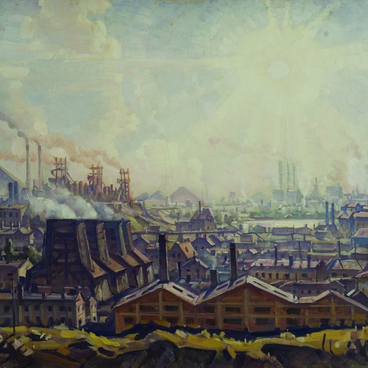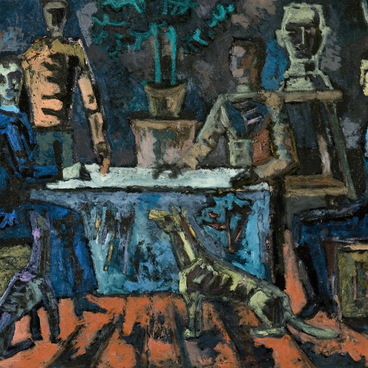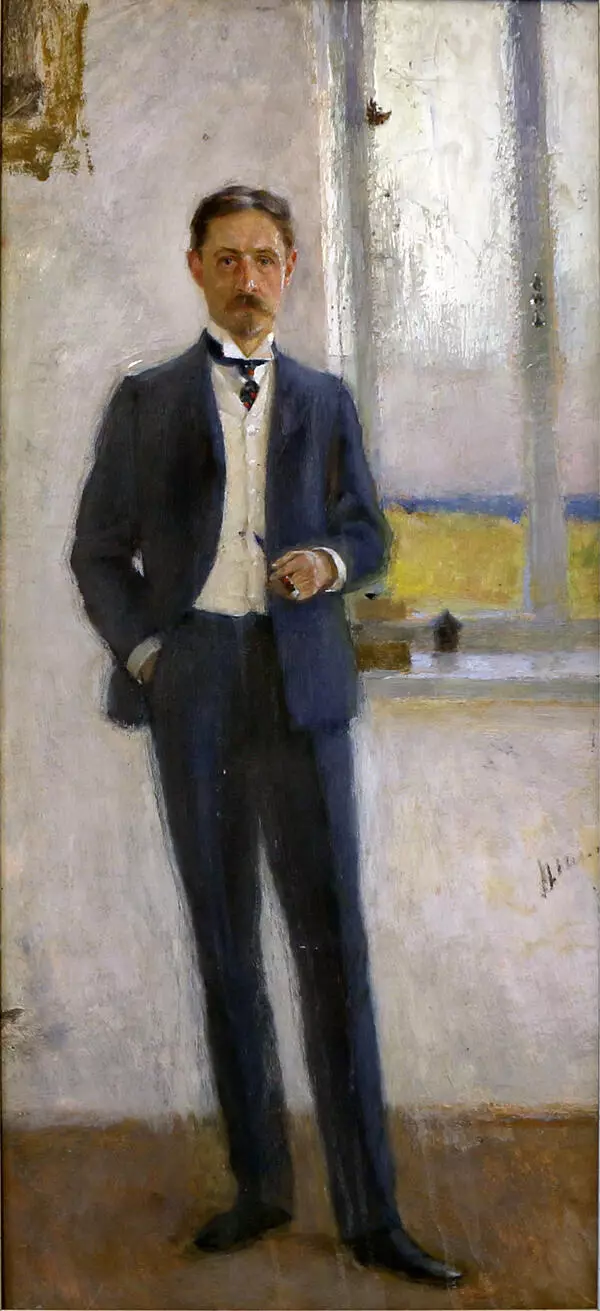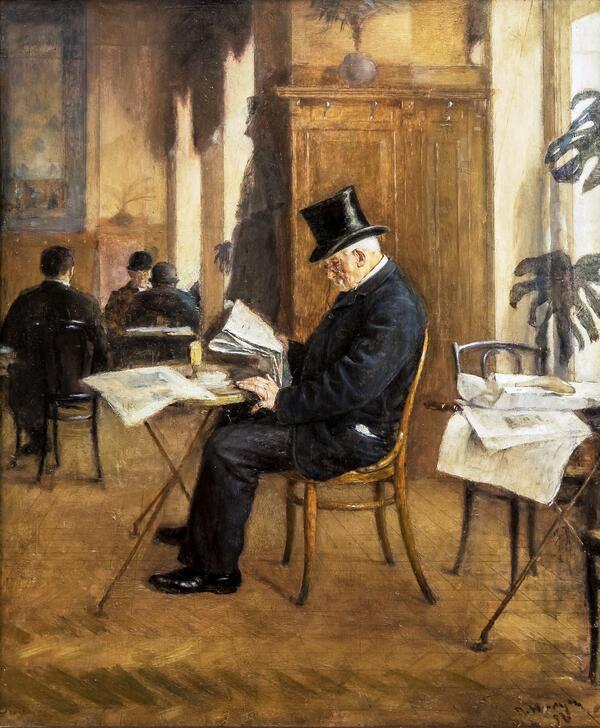A special place in the work of the artist Pyotr Nilus is occupied by urban landscapes, park sketches and views of the French provinces, which were popular with Parisians. His so-called white series became particularly famous. Among the painters, the expression “the white of Nilus” became a common name. The painting “House Under Construction” is not dated, but it is generally assumed that it was painted no earlier than 1934. It is not known for certain which neighborhood and building are depicted in the painting. Perhaps, this is Paul-Doumer Avenue or its surroundings.
The twenty years between the First and Second World Wars was for France a time of formation of new architecture, of an active development of Paris and its surroundings. Pyotr Nilus depicted an apartment building under construction in the 16th arrondissement. The picture gives the impression of a bright life coming after the war that ended not so long ago. The sky is blue, slightly greenish, and the bright sun floods the street and houses. According to the researchers, the right part of the picture is psychologically connected with the future, and the left — with the past. A cyclist is depicted in the foreground. He is literally rushing from the past to the future, full of hope and light. On the left side there is a dark and blurred figure of a man who seems to be fading away.
The red color in the center is undoubtedly the most vibrant in the picture. It is difficult to understand what this red spot represents: probably, building materials are covered with a red cloth. The main compositional center in the painting is the house under construction in scaffolding. There is a large grid of crossbars, supports pointing to the sky — looking at the future house, the viewer is involuntarily inspired, and begins to wait for the future in which this building will be completed.
Art historians note that Nilus’s paintings are
characterized by freshness and lightness. He achieved this effect by trying to
paint in one or two approaches, so as not to ruin or “finish off” the painting
in his work. He painted from a color spot on a whim, “from the inside, ” from
the subconscious, believing that any construction “dries up” the composition.
In emigration, the artist achieved popularity in the artistic environment,
regularly exhibited in galleries, earning a living only by his artwork.





